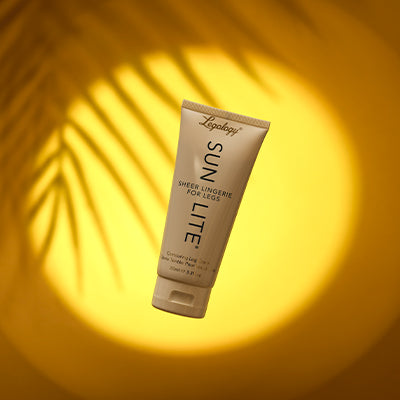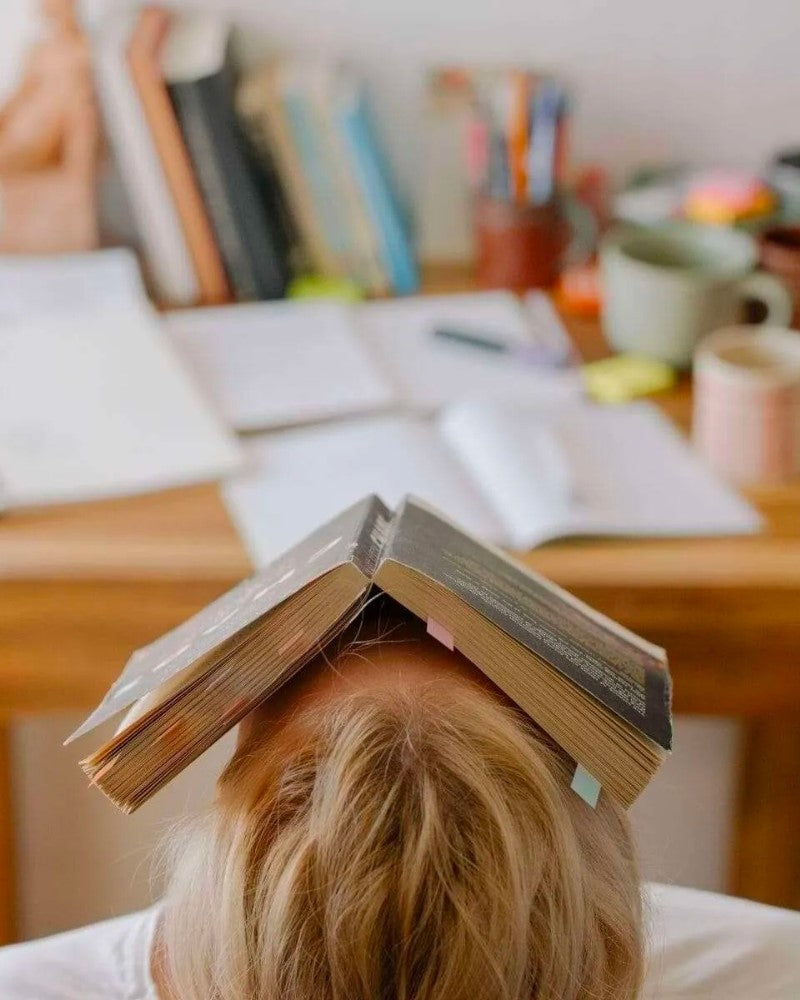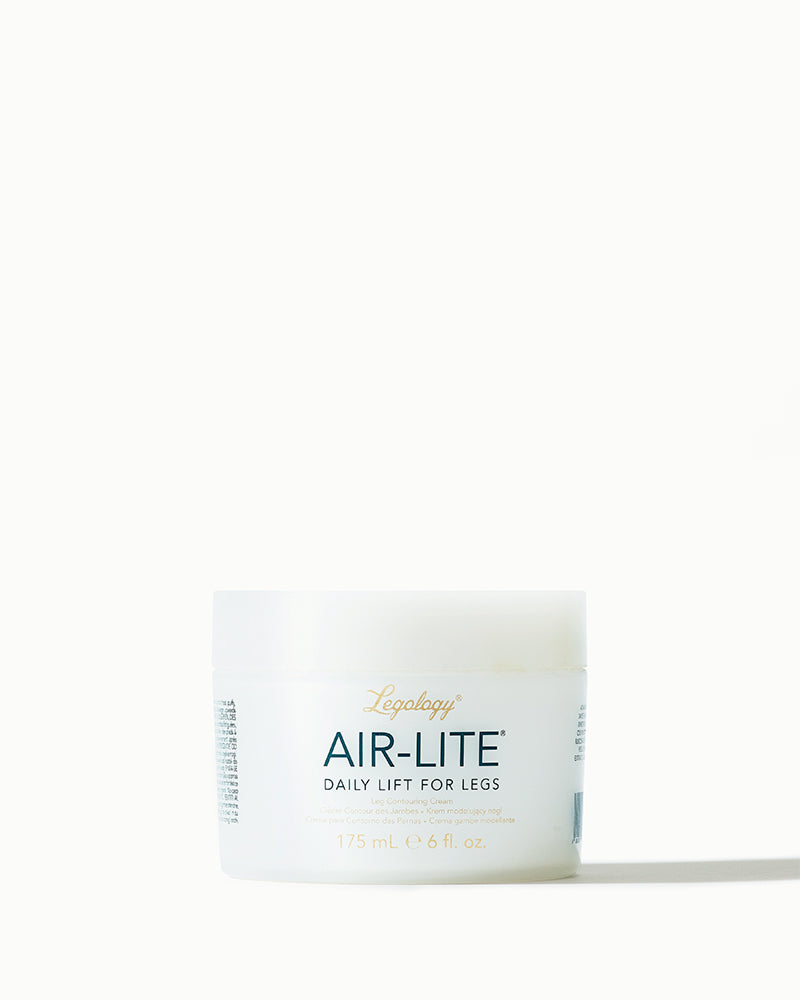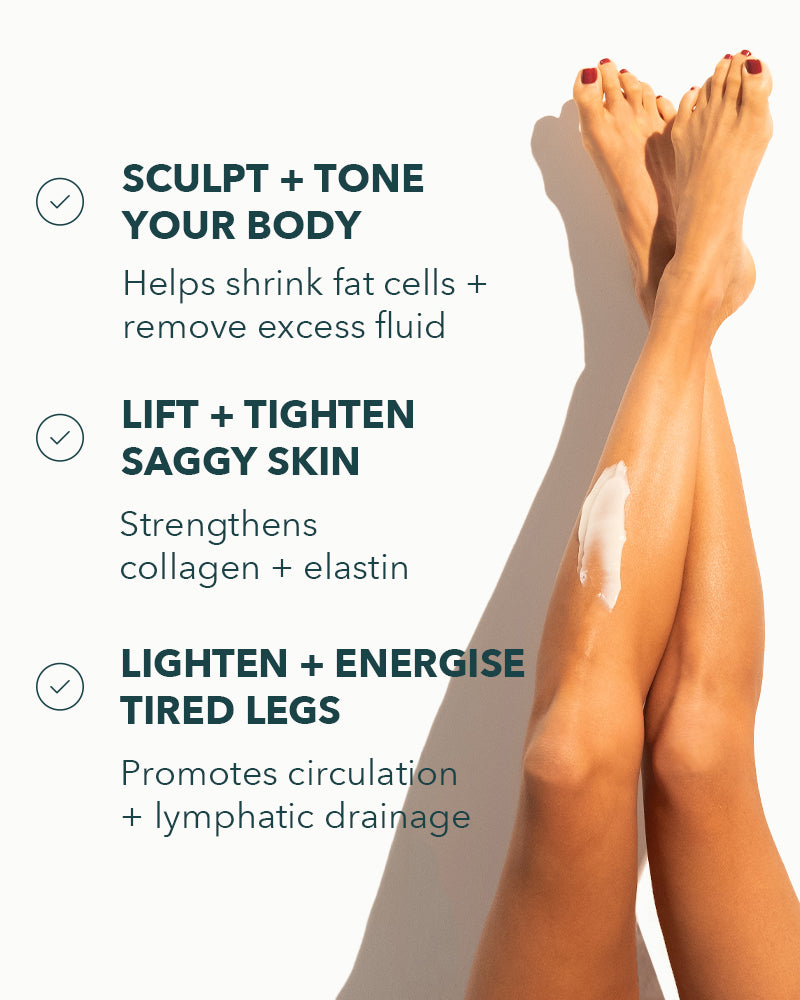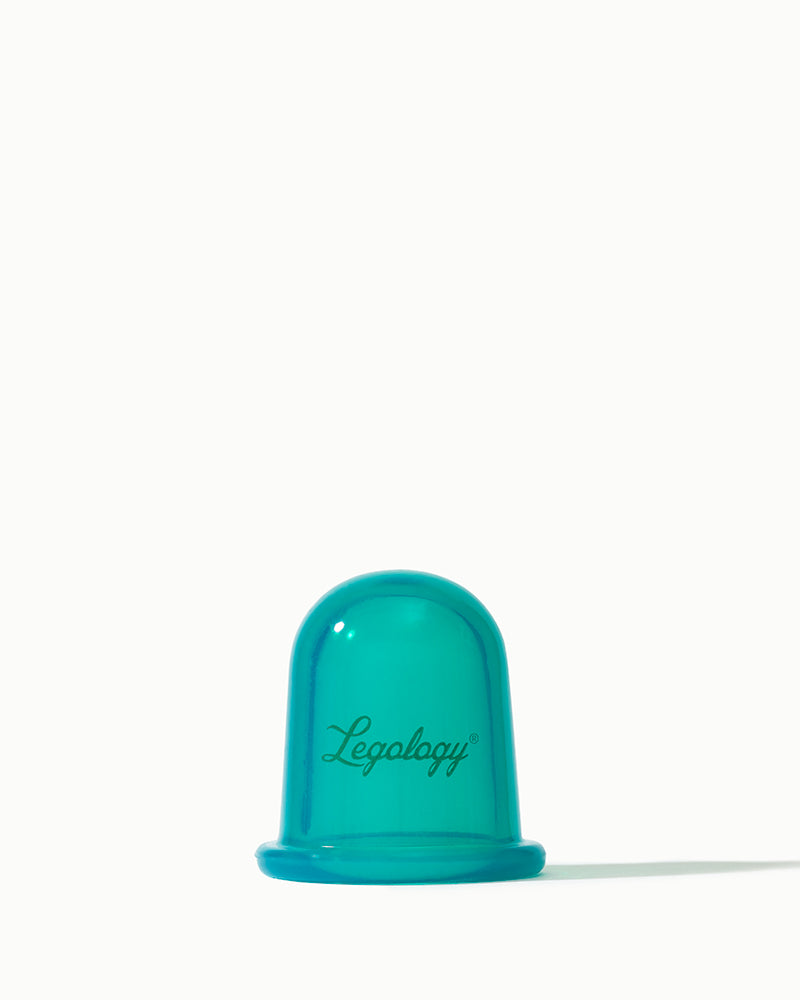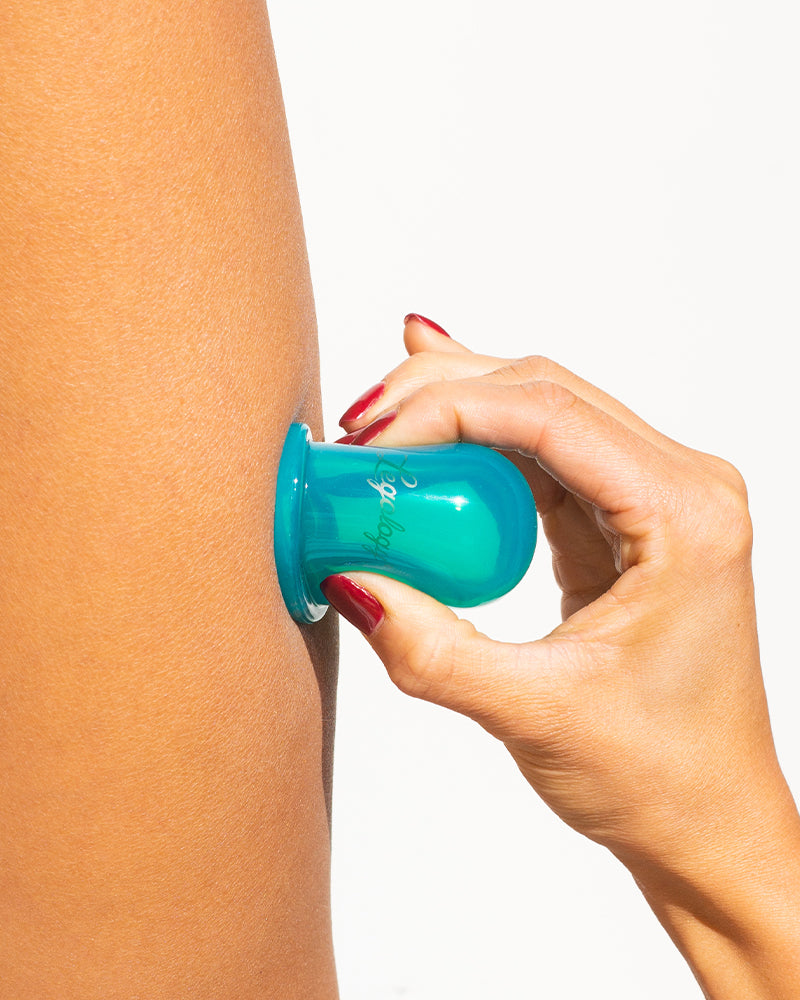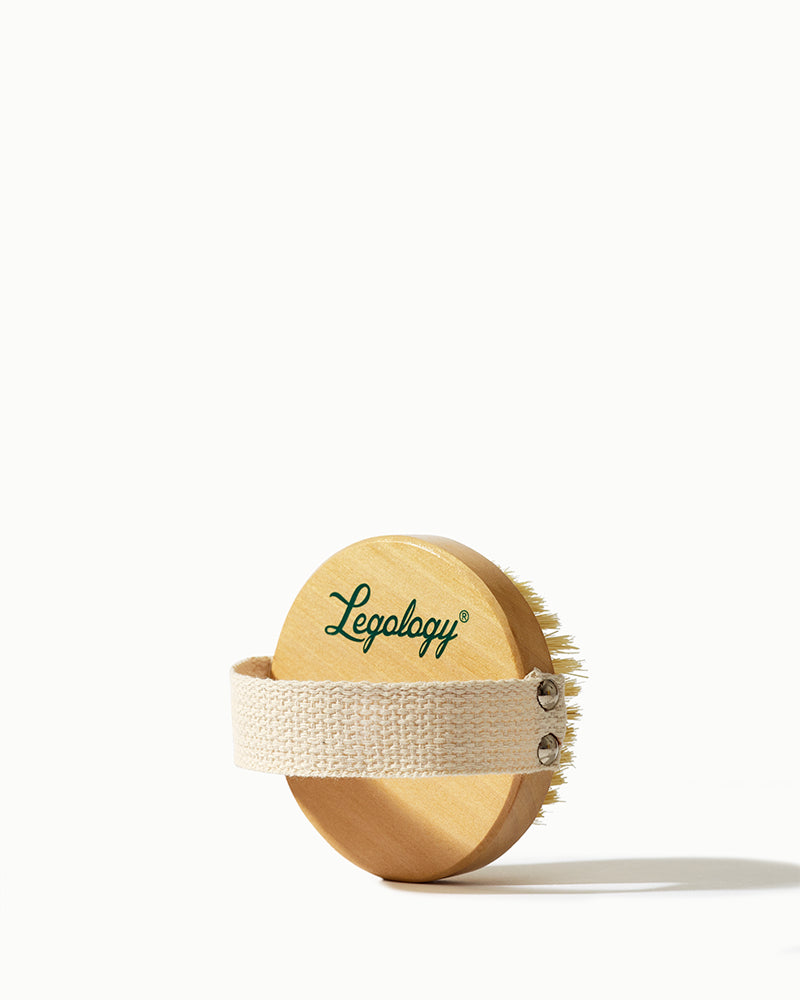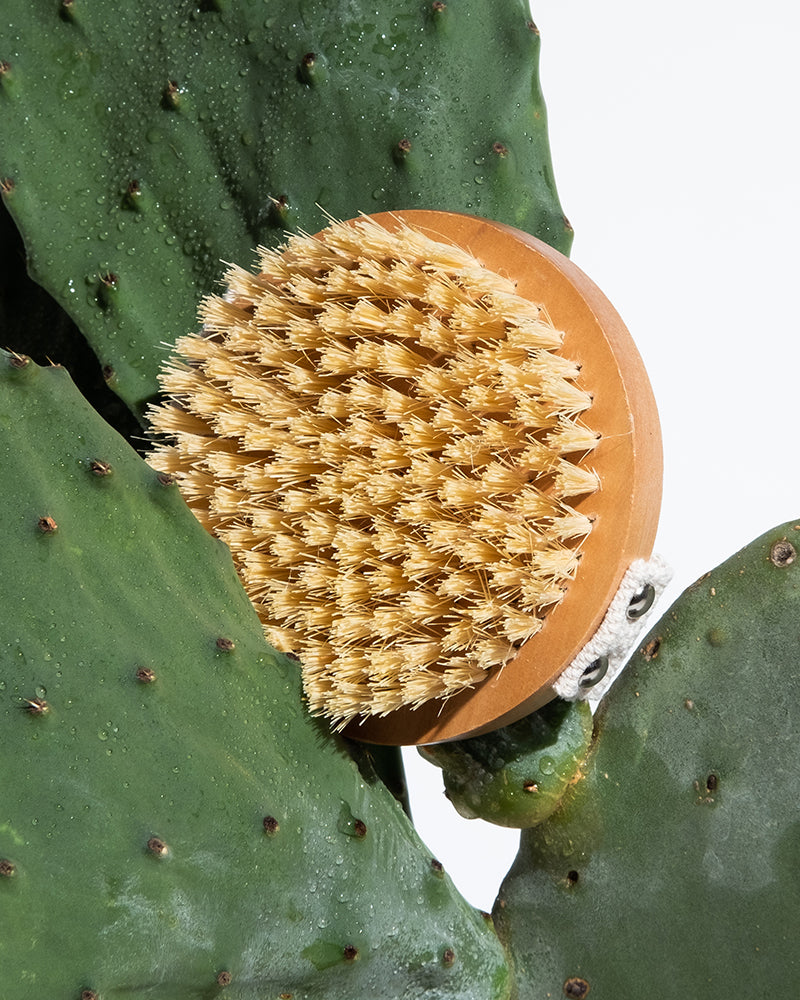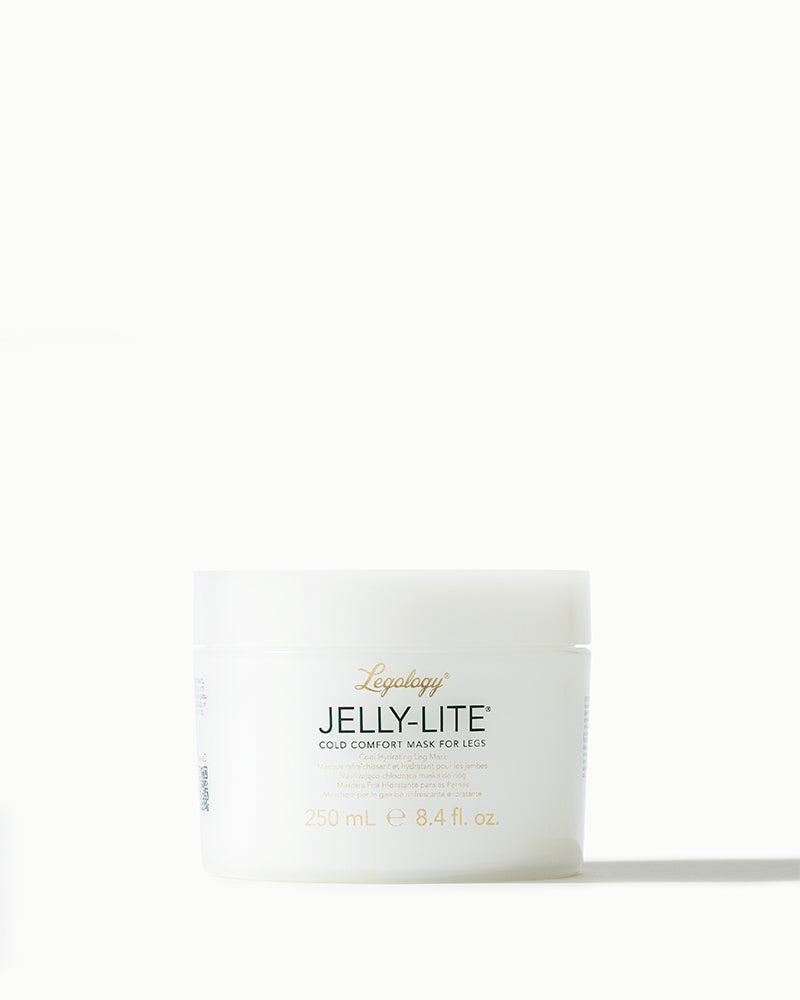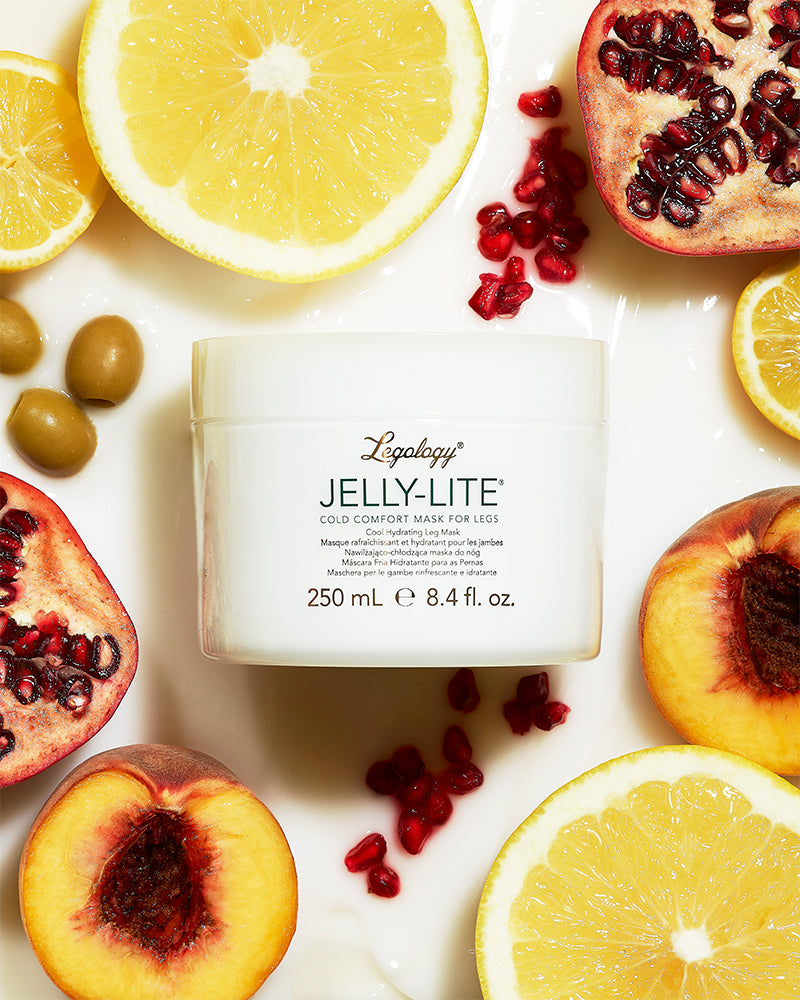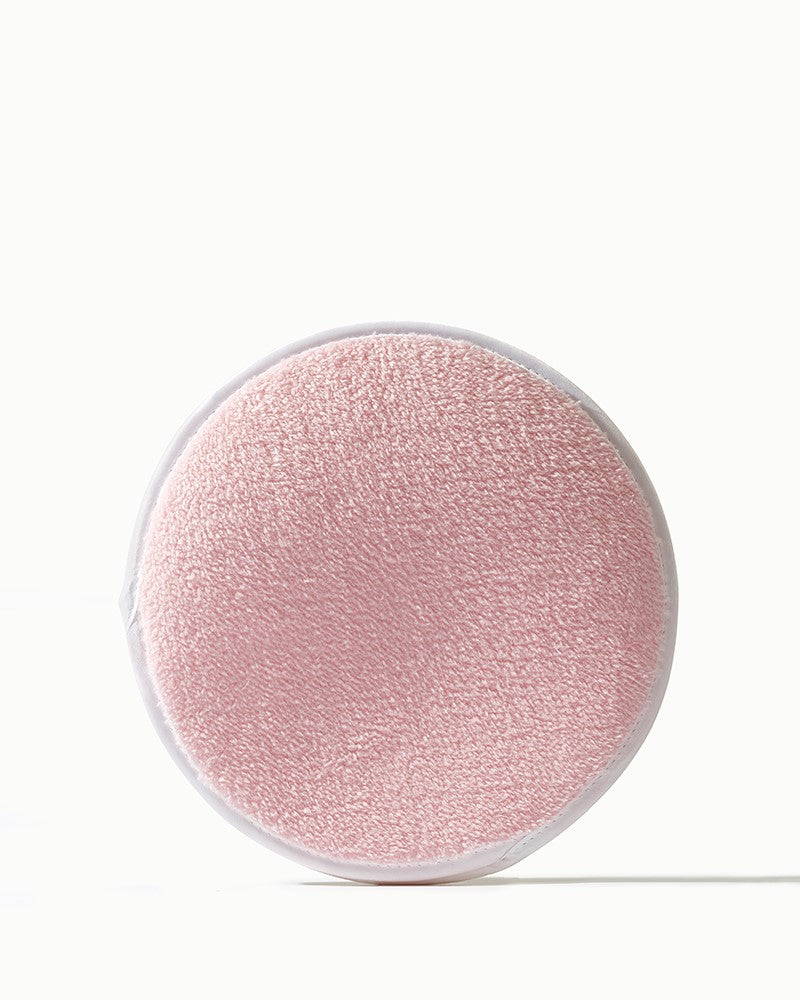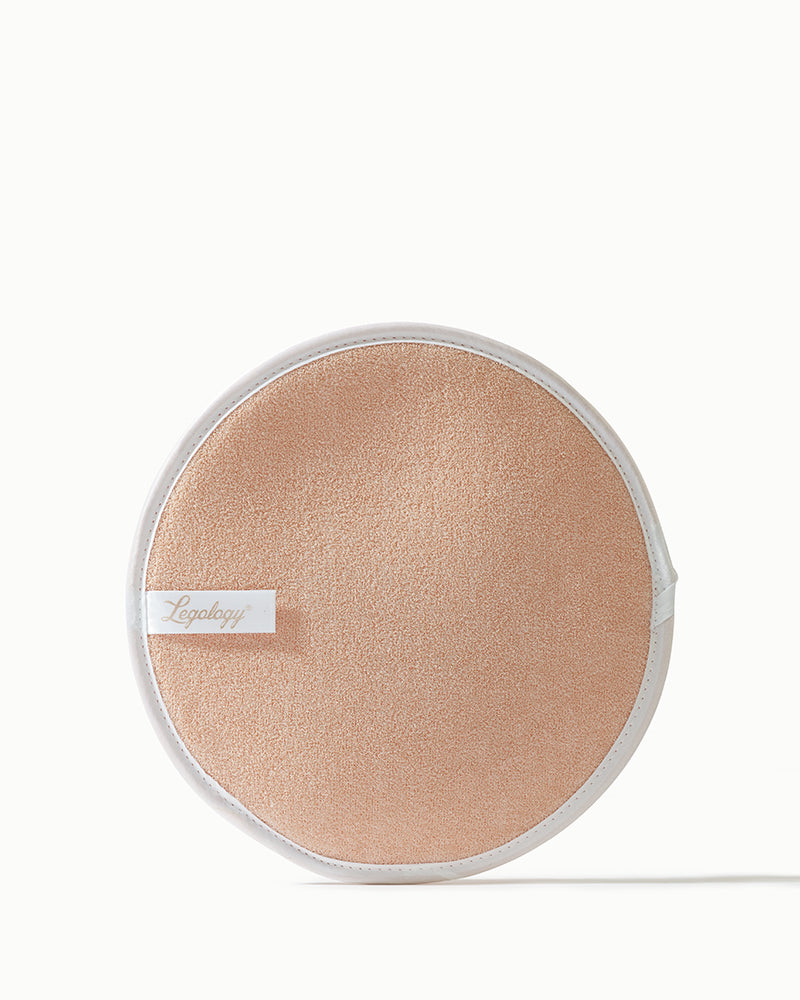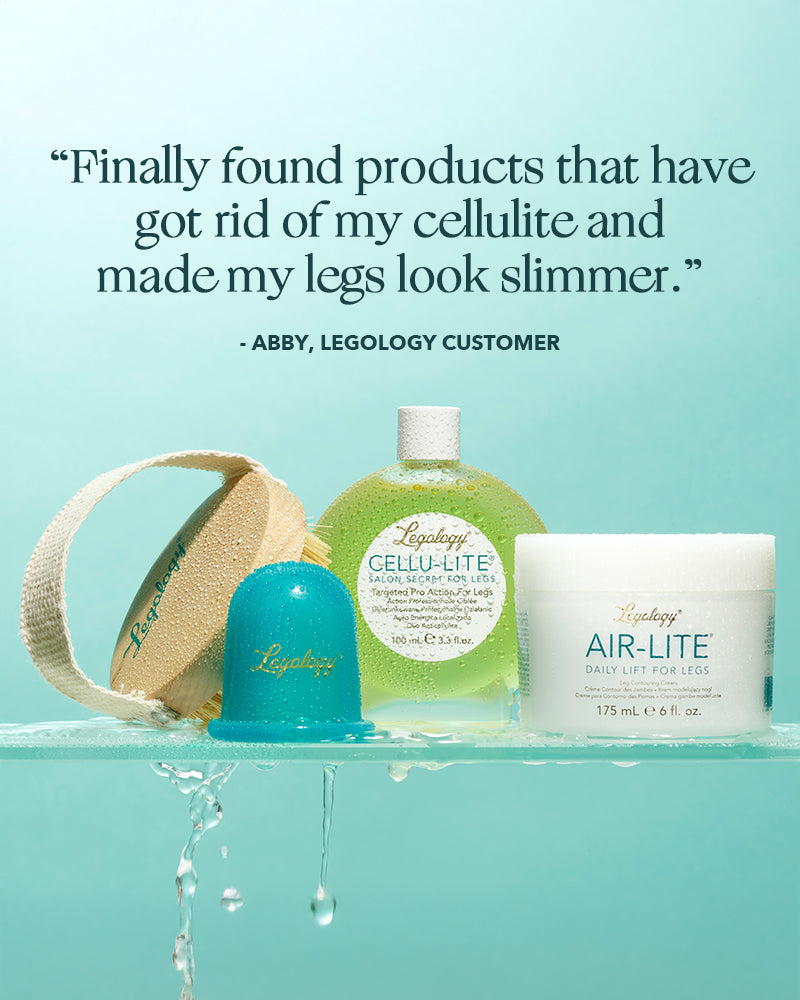How To Get Rid Of Strawberry Legs

Are you one of many people who have patches of small red bumps on your legs? Or even on your upper arms or back? Do they look and feel like goose bumps? This is a condition called keratosis pilaris (KP) - or better known as ‘chicken skin’ and ‘strawberry legs’. We're often asked how to treat it, so here a few tips and tricks to achieve smoother, bump-free skin.
An estimated 40-50% of the world’s population suffers from KP (so if you are a sufferer you are not alone!), yet incredibly it’s often misdiagnosed (the small red bumps can be dismissed as acne, hives or even a shaving irritation) and while some products will manage it, it’s a challenge to eliminate for good.
In fact, few conditions challenge the dermatologist like KP. While it’s non-threatening (not medically concerning), it’s super common and stubborn to treat. There are, however, a few ways to manage the condition, and an important starting point is to correctly identify KP on your body and understand its causes.
What is keratosis pilaris?
KP is a condition in which the hair follicles are blocked by a buildup of retained keratin, a protein found in skin, hair, and nails. In smooth skin, this keratin is sloughed off naturally and not retained in the follicles. With KP, a plug sits in the follicle and makes the skin feel bumpy and look ‘pimply.’
The white, pink, or skin-toned bumps don’t itch, but many people who have KP are inclined to pick at the bumps, which is the worst thing to do because it only escalates the condition.
KP differs from acne because it occurs on dry skin parts of the body, not on oily skin zones, and it does not have a sebum component. It feels very dry and sandpaper-like to the touch.
Who suffers from it?
KP commonly develops around puberty, affecting up to 80% of adolescents globally, but all ages, skin types and tones can suffer with it. That said, there are certain circumstances that can cause it to flare up. If you have dry skin, you’re more likely to have KP. It’s usually worse in the winter months, when there’s less moisture in the air, and then may clear up in the summer.
Those who have a history of eczema, asthma, or seasonal allergies, all of which similarly flare up in cold weather, are more likely to have KP.
Is it genetic?
There are some genetic markers that can make KP run in families: it’s typically related to a desmoglein 4 gene mutation. And about half of those who have KP can point to a family history.
Does diet affect it?
Possibly. Dairy, gluten, sugar and processed foods have all been implicated in worsening the condition, but this lacks clear evidence. To determine whether a given food is causing bumpy skin, dermatologists often recommend an elimination diet, in which a patient removes the potentially offending food from their diet for a minimum of four weeks in order to see if the KP improves. Then, if you think you have found the suspect, you can test the theory by adding it back into your diet and seeing if the problem recurs.
How is keratosis pilaris treated?
While there is no total cure for the skin condition, there are a number of ways to manage it. To help smooth the texture of skin with KP, start with your daily cleansing ritual by body brushing before taking a shower (use very light, quick strokes rather than scrubbing at your skin with the bristles), using an exfoliating cleanser or body wash that contains glycolic or salicylic acid, or even using a glycolic pad on the affected areas. Then, when skin is damp after bathing, immediately apply a moisturiser that contains lactic acid, glycolic acid, salicylic acid, ceramides, hyaluronic acid, or a combination of these. KP is a dry-skin condition and requires daily attention, so do these steps religiously.
If the bumps are pink or red, it’s best to check in with your dermatologist or doctor who can prescribe a cortisone cream to reduce inflammation and redness, but it’s still important to complete the first two at-home steps along with this.
As an added benefit, vitamin A, C, or E supplements may also improve KP by positively influencing the normal skin cell turnover and may prevent both plugging and inflammation.
Although there are variants of the skin condition that can lead to scarring, Accutane is very seldom used to treat it as it’s felt that the risks of potential side effects from the medication typically outweigh the benefits of treating this benign, albeit frustrating condition.
Do clinic or salon procedures help with the condition?
Laser treatment is sometimes used to treat severe redness and inflammation. But it isn’t a cure, and while you might need several sessions for this treatment to work, it may provide some relief when creams and lotions aren’t enough. The most effective lasers for KP include pulsed dye lasers, which target the red or pink aspect of the bumps, and hair removal lasers, which minimise or eradicate the hair follicle from which the bumps arise.
Microdermabrasion and chemical peels have also been shown to improve the texture of skin and eliminate KP bumps.
Is sun exposure good for keratosis pilaris?
Summer months with sunny weather usually coincide with improvement of the appearance and texture of KP. Some of that improvement may be down to limited or safe exposure to ultraviolet (UV) light, but more than that, ambient humidity and warmer temperatures are the factors that lead to smoother and softer skin.

